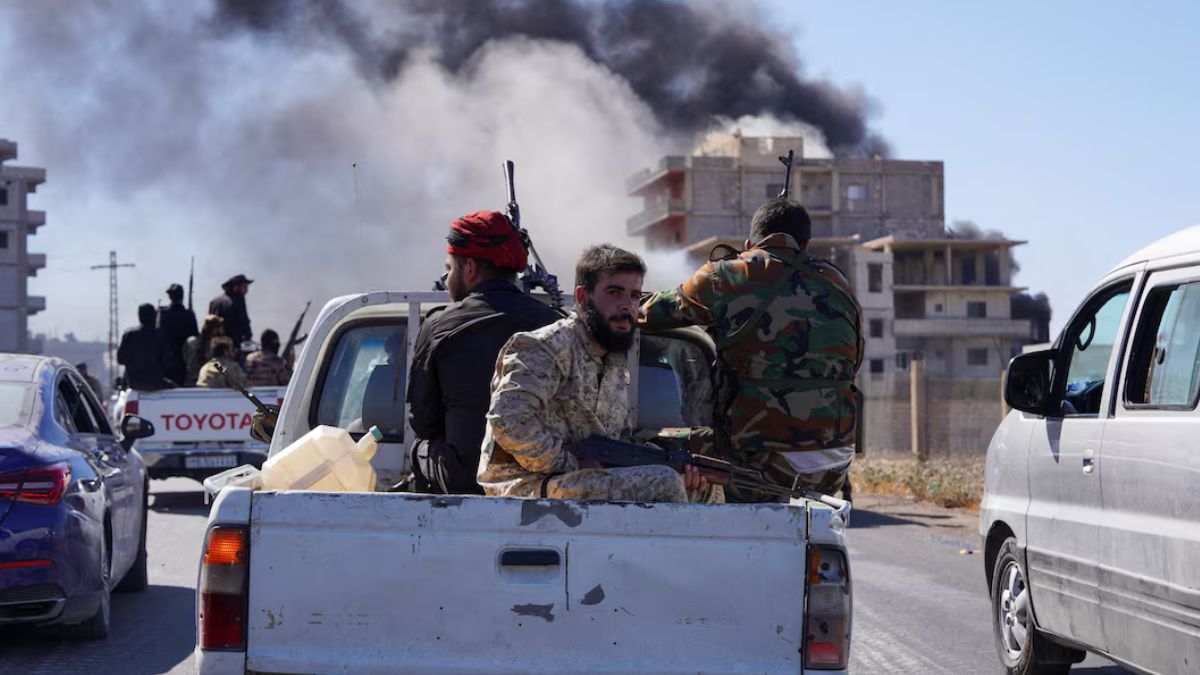Druze Fighters Regain Control in Sweida Amid Ongoing Tensions
In a significant development, Druze fighters successfully pushed out rival armed factions from the southern city of Sweida on Saturday, according to a monitoring group. This marked a turning point in the ongoing conflict that had gripped the region for several days. The situation escalated after the Syrian government ordered a ceasefire, following a US-brokered agreement aimed at preventing further Israeli military involvement in the area.
Despite the ceasefire announcement, fighting continued in other parts of Sweida province, highlighting the complex and volatile nature of the conflict. The Druze community, which has historically maintained a distinct identity within Syria, managed to reclaim their city after a period of intense combat. The battles were primarily against armed Bedouin groups, who were supported by tribal gunmen from various regions of Syria.
Background of the Conflict
The conflict in Sweida is part of a broader pattern of unrest and factional violence that has persisted in different parts of Syria. The Druze community, known for its religious and cultural distinctiveness, has often found itself caught between competing interests. Their strong ties with the Syrian government have made them a target for opposition groups seeking to destabilize the regime.
The recent clashes in Sweida underscore the fragile security situation in the region. While the Druze have managed to regain control of their city, the persistence of fighting in other areas indicates that the conflict is far from over. The involvement of tribal gunmen from different parts of Syria adds another layer of complexity to the situation, as it suggests that the conflict is not confined to local actors but involves broader regional dynamics.
Impact on Local Population
The ongoing violence has had a profound impact on the local population. Civilians have been caught in the crossfire, leading to displacement and humanitarian concerns. The destruction of infrastructure and the disruption of daily life have further exacerbated the challenges faced by residents in the region.
As the situation continues to evolve, the role of external actors, including the United States and Israel, remains a critical factor. The US-brokered ceasefire was intended to prevent further escalation, but its effectiveness has yet to be fully realized. The involvement of international forces in the region has long been a source of tension, and any miscalculation could lead to renewed hostilities.
Future Outlook
Looking ahead, the situation in Sweida remains uncertain. While the Druze have regained control of their city, the underlying issues that fuel the conflict—such as political instability, sectarian tensions, and regional power struggles—continue to pose significant challenges. The success of the ceasefire will depend on the commitment of all parties involved to uphold the agreement and address the root causes of the conflict.
Efforts to restore stability in the region will require coordinated action from both local and international stakeholders. The focus must shift from immediate military engagements to long-term solutions that promote peace, reconciliation, and sustainable development. Without such efforts, the cycle of violence and instability is likely to continue, affecting not only Sweida but the entire region.







